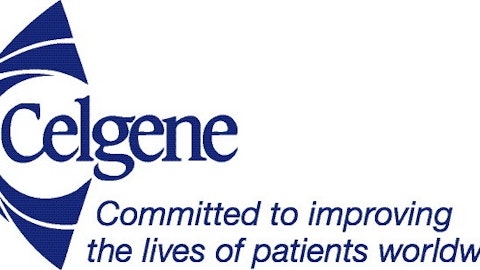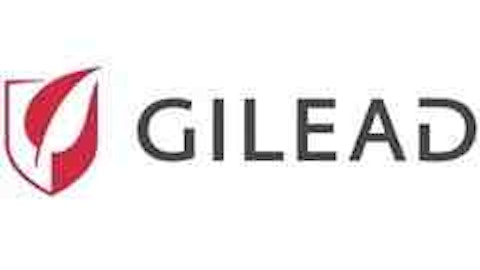Orelli: Of course, but it’s only 1% of the index or so, so it’s not going to move the needle so much. The index has listing requirements: $100 million in market cap and 50,000 shares average daily trading volume. Companies come and go, generally twice a year. At the change in November, the index added six companies and took out two. Interestingly, Xoma Corp (NASDAQ:XOMA) was one of the companies added. That biotech has been around forever. It presented at the first JPMorgan Healthcare Conference — back when it was called the Hambrecht & Quist conference — 30 years ago. It got kicked out of the index in 2000, but it’s back now.
On the other side, the index also rebalances when companies get too big, scaling back their percentage of the index. So while the index has been flat since 2000, Celgene Corporation (NASDAQ:CELG) is up 880% thanks to its cancer drugs Thalomid and Revlamid, and more recently Abraxane and Vidaza. But its impact hasn’t been fully felt by the index.
Macaluso: This rebalancing system seems to make the index a pretty good proxy for the broader biotech industry. So when investors consider this, do you think it’s better to invest in a biotech-focused ETF that tracks the market, or should investors do in-depth research and try to find the next success story like Celgene Corporation (NASDAQ:CELG) or Regeneron?
Orelli: It depends on your risk tolerance, really. Those blowups aren’t going to hurt you that much, but when they double overnight due to good news like an FDA approval, the ETF is hardly going to move.
Just to give an example, Sarepta Therapeutics Inc (NASDAQ:SRPT) more than tripled on one day last October after announcing outstanding data for eteplirsen, its Duchenne muscular dystrophy drug. The NBI on that day went up a paltry 0.7%!
Personally, I think it makes sense to get your safety elsewhere — buy an S&P 500 index fund or something — and then have a portion of your portfolio dedicated to a few biotechs that you know well.
Macaluso: I think that’s great advice, and since you brought up Sarepta, do you have any thoughts on this stock? Everyone is hoping for better treatments for Duchenne muscular dystrophy, but this is definitely a speculative stock.
Orelli: Speculative in the short term, for sure. The trial that sent the shares skyrocketing was only a small phase 2. The Duchenne muscular dystrophy patients that usually deteriorate over time actually walked further when taking the drug.
The next big question is whether the FDA will allow Sarepta to apply for an accelerated approval or require the biotech to do a phase 3 before approving it. A few years ago, I would have said there was no chance for approval with the limited data, but the FDA has been getting more lax — just look at the recent approval of obesity drugs, for instance — so I wouldn’t say it’s impossible. Not guaranteed, but not a long shot, either.
I like the company and the drug, but if you’re going to own it now, you have to be prepared for a drop if the FDA says it wants to see more data before Sarepta even submits its marketing application. Of course, since it’s not guaranteed, there’s upside if Sarepta says the FDA encouraged it to apply for accelerated approval.
Macaluso: Thanks for your insight, Brian.
The article Is This the Next Investing Bubble? originally appeared on Fool.com.
Fool contributor Brian Orelli, Ph.D. and Max Macaluso, Ph.D. have no position in any stocks mentioned. The Motley Fool recommends Gilead Sciences.
Copyright © 1995 – 2013 The Motley Fool, LLC. All rights reserved. The Motley Fool has a disclosure policy.

